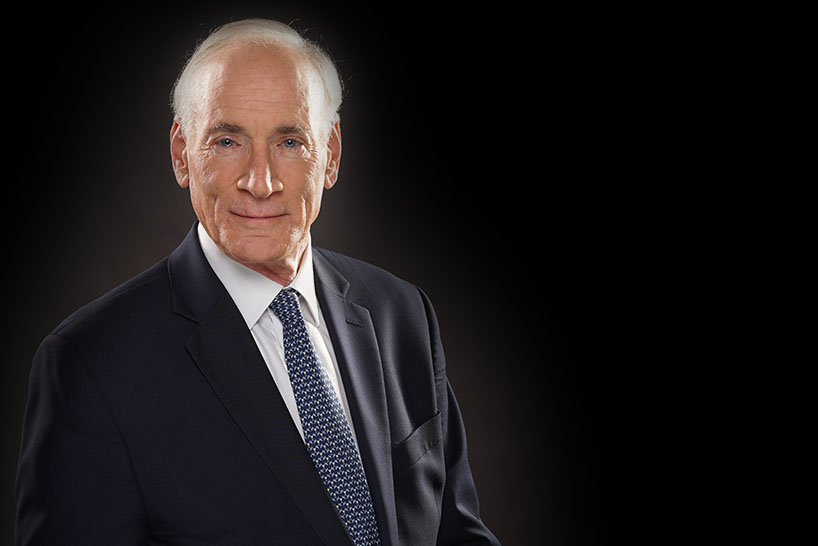Trademark
A trademark is a symbol, word or phrase that businesses or individuals use to identify their products or services. Even colors, shapes and sounds may be entitled to trademark protection if they designate the source of goods and services and do not provide a functional advantage to the owner. The word Google, the Nike Swoosh logo, the blue color of a Tiffany jewelry box, and the distinct sound from a revving Harley Davidson engine are all examples of trademarks: they identify goods and services offered by specific companies.
The purposes of a trademark are to help the public identify the source of a product or service, and to prevent consumers from being confused about the source of a product. Brand owners build equity by offering quality goods and services, and by creating goodwill in their customers.
All trademarks fall somewhere on a spectrum of distinctiveness, which ranges from “generic” words to “arbitrary and fanciful” terms. Generally, the more distinctive a trademark, the more protection it will receive under trademark law.
An “arbitrary or fanciful” mark is the most protected because it is the most distinctive. These marks bear no logical relationship to the product, like Apple (when used in connection with computers) or Nike (when used in connection with sneakers). “Suggestive” marks hint or suggest the underlying product or service, but do not directly describe it, like Citibank (for banking services) or Greyhound (for transportation services). Suggestive trademarks are mostly distinctive, so they are offered more trademark protection, like arbitrary marks.
A “descriptive” mark directly describes the product or service, like RadioShack (for a store that sells radios) or Comfort Inn (for a comfortable hotel). Though merely descriptive trademarks may not be entitled to trademark protection, over time, it is possible that the public will associate the brand with a particular source. If this happens, then a descriptive mark may become distinctive. (This is called “secondary meaning.”)
A “generic” mark is not entitled to any protection. Examples of generic marks are the words “Apple” for apples, or “Shampoo” for shampoo. Businesses cannot take plain dictionary words out of rotation and appropriate them as brands.
In the United States, trademarks are governed by state and federal law. The federal law is called the Lanham Act. The Lanham Act gives the owner of a trademark the exclusive right to use that trademark in connection with a particular set of goods or services.
You can get trademark protection for your mark in two ways. You can acquire unregistered (or common law) rights in a trademark simply by using the trademark when you sell your goods or services. You can also choose to register your trademark with the United States Patent and Trademark Office (USPTO). The USPTO must approve the trademark for registration, and it can reject it for several reasons. For instance, as discussed above, a descriptive trademark can be rejected if it has not acquired secondary meaning. Trademarks can also be rejected if they are likely to cause confusion with existing marks, are surnames or geographic locations.
Although you are not required to register the mark with the USPTO, you will get extra protection if you do. For instance, your trademark is protected nationwide, not just in the geographic area where the mark is used. Registration also puts third parties on notice that the trademark belongs to you. If someone else uses your registered trademark, you have the right to bring a lawsuit in federal court and possibly recover triple damages and attorney fees, as well as prevent the person or company from using the trademark.
Legal Editors: Lawrence Goodwin and Stacy Grossman, July 2016 (updated December 2018)
Changes may occur in this area of law. The information provided is brought to you as a public service with the help and assistance of volunteer legal editors, and is intended to help you better understand the law in general. It is not intended to be legal advice regarding your particular problem or to substitute for the advice of a lawyer.
Our Lawyers

Lawrence G.
LRS Lawyer
Our lawyers are screened and approved – they have all gone through an application and interview process. Each lawyer we recommend has been screened for significant experience, knowledge of ethics codes and rules, and law office practices, including customer service skills and handling of fees and billing.
About Us
When you call us, you will be speaking with an attorney. One of our attorney referral counselors takes your call and talks with you about your legal question, or reviews your online referral request. There is no charge to speak with one of our attorney referral counselors -- we’re here to help.

